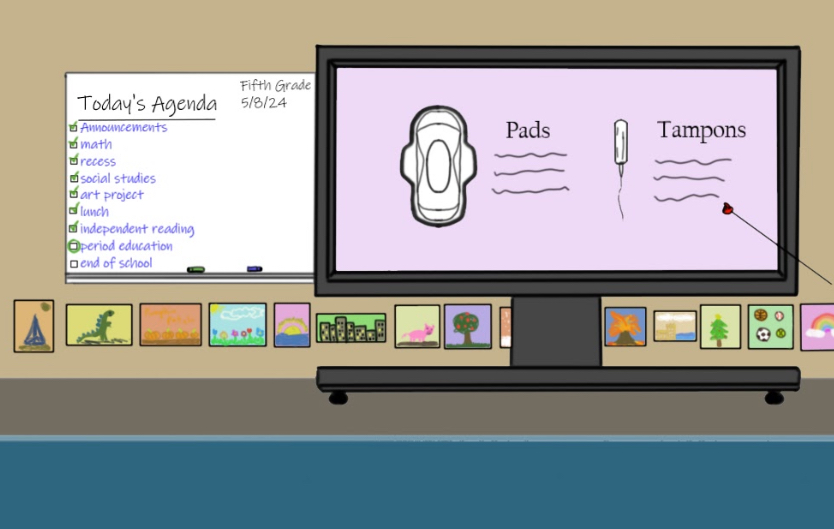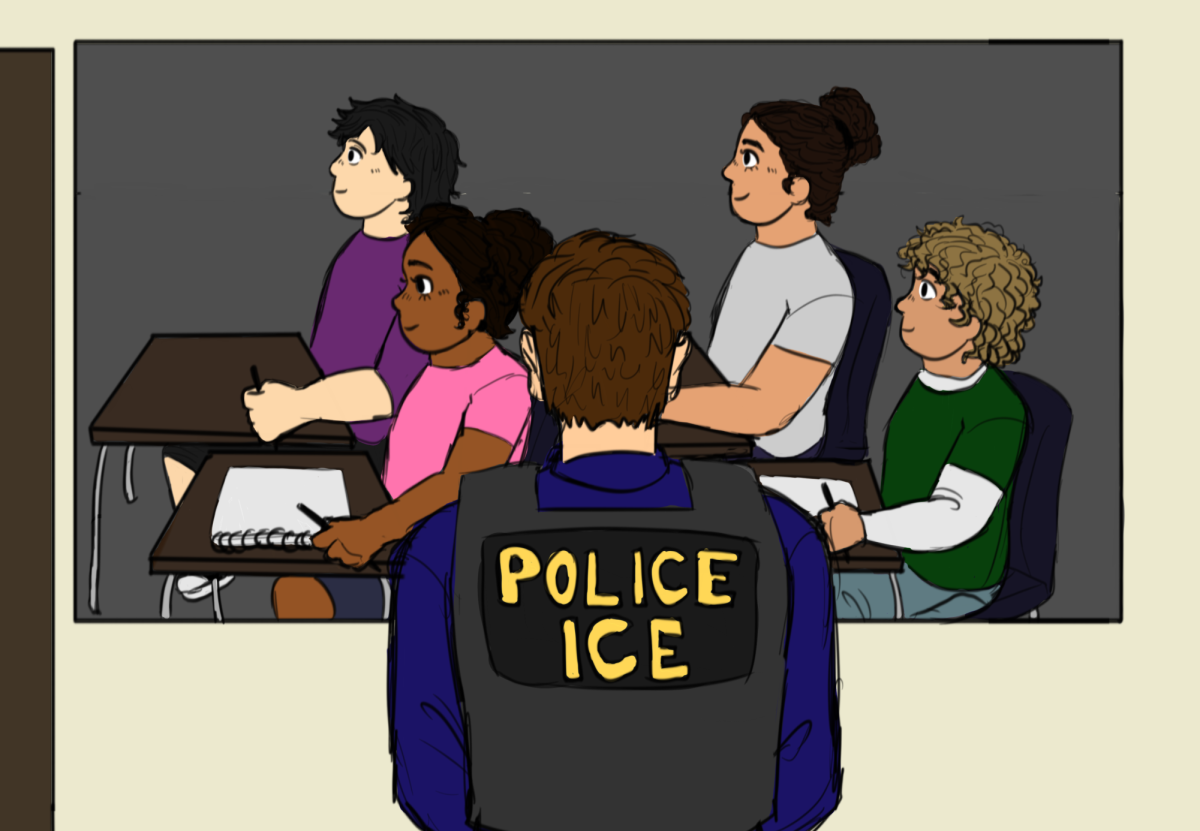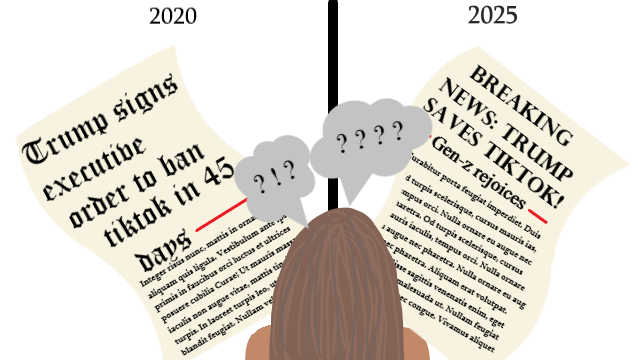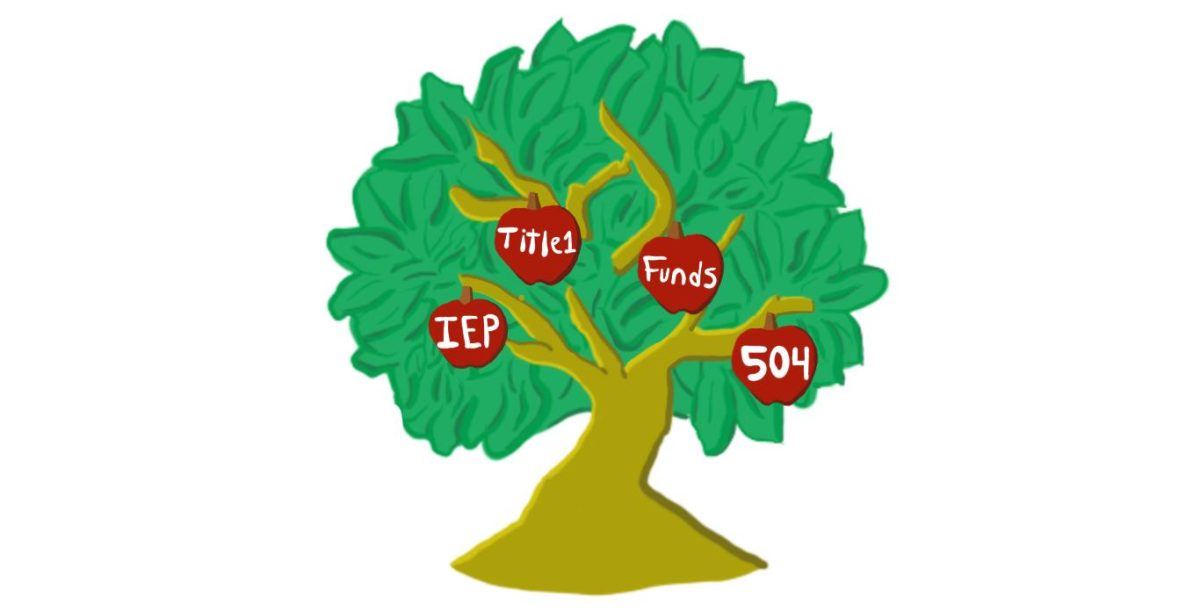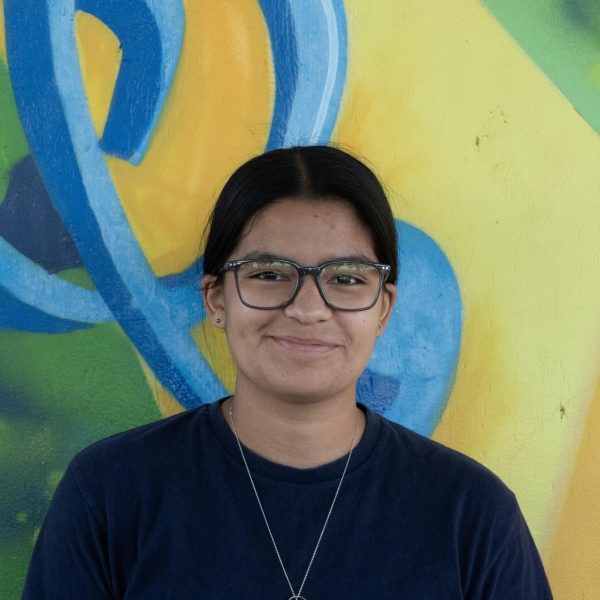Throughout the years of implicating higher education, the pursuit of adding period knowledge is often unnoticed by many. The struggle that female students must undergo when dealing with their periods, either the first time, or tenth, has been a consistent occurrence throughout the years. Despite elementary schools dedicating a few hours of a singular week to teach 5th and 6th grade students about puberty and menstrual health education, numerous schools have failed to specifically address the material that goes in depth about what should be done once students start to experience periods.
As a result, an alarming number of students find themselves struggling with how to deal with having a period and what it feels like. This issue raises concerns about the distribution of educational resources among women all over the world and about the confrontation of their periods at a young age. To fix this problem, elementary schools should dedicate more time to teaching students about the menstrual cycle and how it affects one’s future.
In a National Library of Medicine (NLM) article, ‘“It always gets pushed aside:” Qualitative perspectives on puberty and menstruation education in U.S.A. schools’, it states, “Only 21% of elementary schools, which serve students ages 8–12, currently provide puberty education. Providing menstruation and puberty education after the onset of these developmental changes can diminish the usefulness of the content for early adolescents who may socially, mentally, and physically benefit from this information.”
It’s important that young children, whether they menstruate or not, learn about periods, as it can open up a safe space for questions and conversations, leading to better understanding of the topic. Additionally, it would be beneficial for menstruators to be better prepared and not scared for when their first period eventually arrives. Learning about the entire menstrual cycle and hormones can educate students about how their bodies and emotions may change throughout the years.
In a blog, How and Why to Teach Period Education in Schools, from Tania Lawrence she states, “It would be more beneficial to start period education in schools earlier to help prepare them for what’s to come and avoid any stress, confusion or anxiety.” Children at the early age of eight can start their period, in which they wonder how to deal with being on a period for the very first time.
There have been numerous schools who have lacked in providing students the menstrual education and the evolution of periods. Period education uncovers endless opportunities, introduces new perspectives, and creates more knowledgeable learners. Most of the schools focus on puberty and what goes on inside the body when growing up but share a summary of what happens when getting your period for the first time. Schools should focus more onto the basics of menstrual materials or how to soothe period cramps.
According to the National Health Service’s news article, Periods in School, an article written by Cinestie Olson, states that, “Students should be taught on how to properly put a tampon or pad in place. They should be able to understand how the period works and what can cause cramps and hormones to change when on your period.”
This allows students to have a better insight on how to confront menstrual cycles. As a result of teaching the basics of this topic, it can lead into questions about sex and becoming a woman. The NLM article, Starting Your periods states, “When a girl starts her periods it’s a sign that her body is now able to have a baby. It’s important that she also knows about getting pregnant and contraception.”
Learning about period education is not only beneficial to girls but for boys as well. This allows males to have an insight as to what is happening to girls as they grow older and how it can affect their hormones and other health factors.
Period stigmas can be a direct result from the lack of education provided. If one does not fully understand how periods work from the start, anything else that involves periods and menstruation can become difficult. According to the online article, “It always gets pushed aside:”, it shares insights of , “Girls wrote anonymous personal stories about their first menstrual experiences, including their initial reactions, how they coped, what information they wished they had known prior to menarche, and advice they have for younger girls.”
The implication of menstrual education in elementary schools has been a goal from the community for several years, but this is the only way that will ensure that every student will have access to this education. By providing menstrual and period education, elementary schools have a better opportunity to educate and prepare students on what will be occurring during their puberty years. This sort of proactive measure not only promotes an inclusive supportive learning environment but also guarantees that educational pursuits are not compromised by lack of menstrual education.

